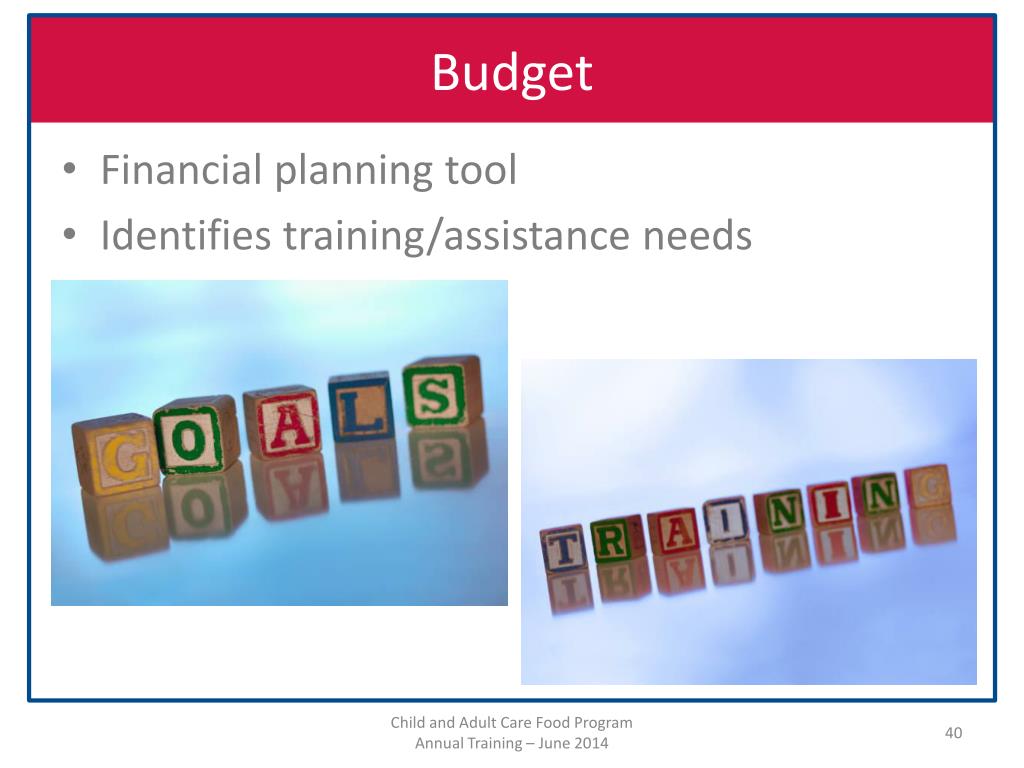

Lesson 10 - Creditable Infant Foods, Part 2.Lección 9 - Alimentos acreditables para bebés Parte 1.Lesson 9 - Creditable Infant Foods, Part 1.Lección 8 - Destrezas alimentarias y modificación de las texturas de los alimentos.

Lesson 8 - Infant Feeding Skills & Modifying Food Textures.Lección 7 - Disposición madurativa para comer alimentos sólidos.Lesson 7 - Developmental Readiness for Solid Foods.Lección 6 - Alimentación con biberón y cómo introducir el vaso.Lesson 6 - Bottle Feeding & Introducing a Cup.Lección 5 - Selección, almacenamiento y manejo de la fórmula infantil.

CACFP BUDGET WORKBOOK CODE
The CACFP is administered nationally by the United States Department of Agriculture (USDA) and governed by Title 7, Code of Federal Regulations (7 CFR) Part 226. The program operates in child care centers, outside-school-hours care centers, family and group day care homes, homeless shelters, and adult day care centers.Īll snacks and meals must meet the requirements of the CACFP Meal Patterns and be served at no cost to the children and adults. Sponsors are reimbursed for snacks and meals served which meet USDA guidelines. It is designed to provide nutritious meals and snacks to eligible children and adults attending qualifying day care (non-residential) facilities. The Child and Adult Care Food Program (CACFP) is a USDA federally funded program administered by the RI Department of Education.


 0 kommentar(er)
0 kommentar(er)
